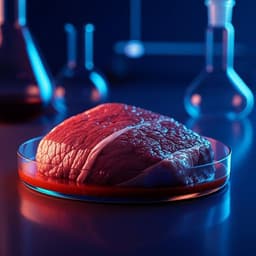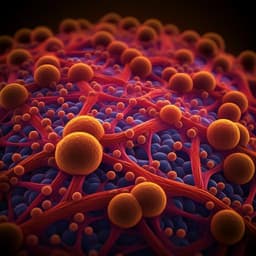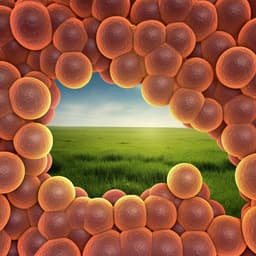
Food Science and Technology
Stretchable zein-coated alginate fiber for aligning muscle cells to artificially produce cultivated meat
D. Jeong, G. Jang, et al.
This innovative study by Dayi Jeong and colleagues unveils a groundbreaking approach for cultivating and aligning muscle cells using plant-based zein-alginate fibers, achieving myotube formation and paving the way for a meat alternative that's impressively close to the texture of real meat.
Playback language: English
Related Publications
Explore these studies to deepen your understanding of the subject.







